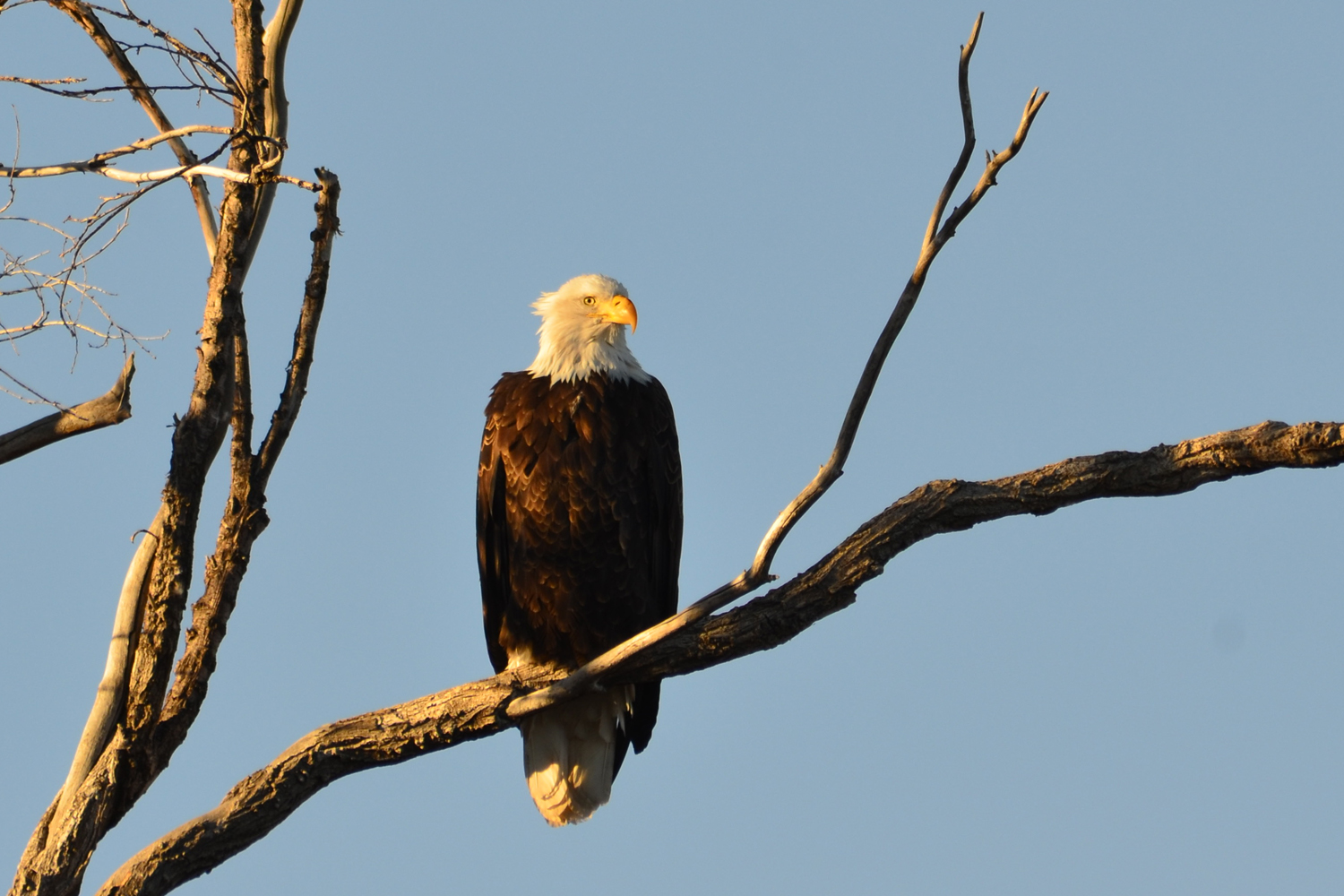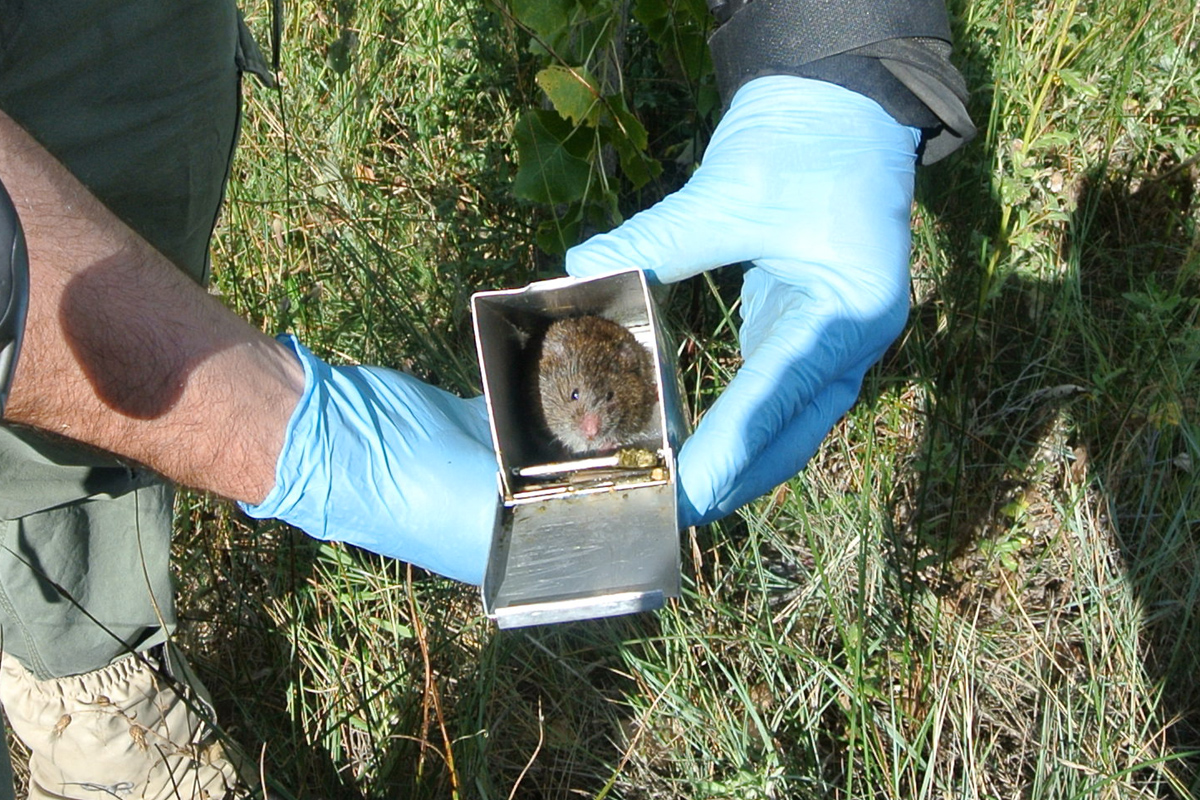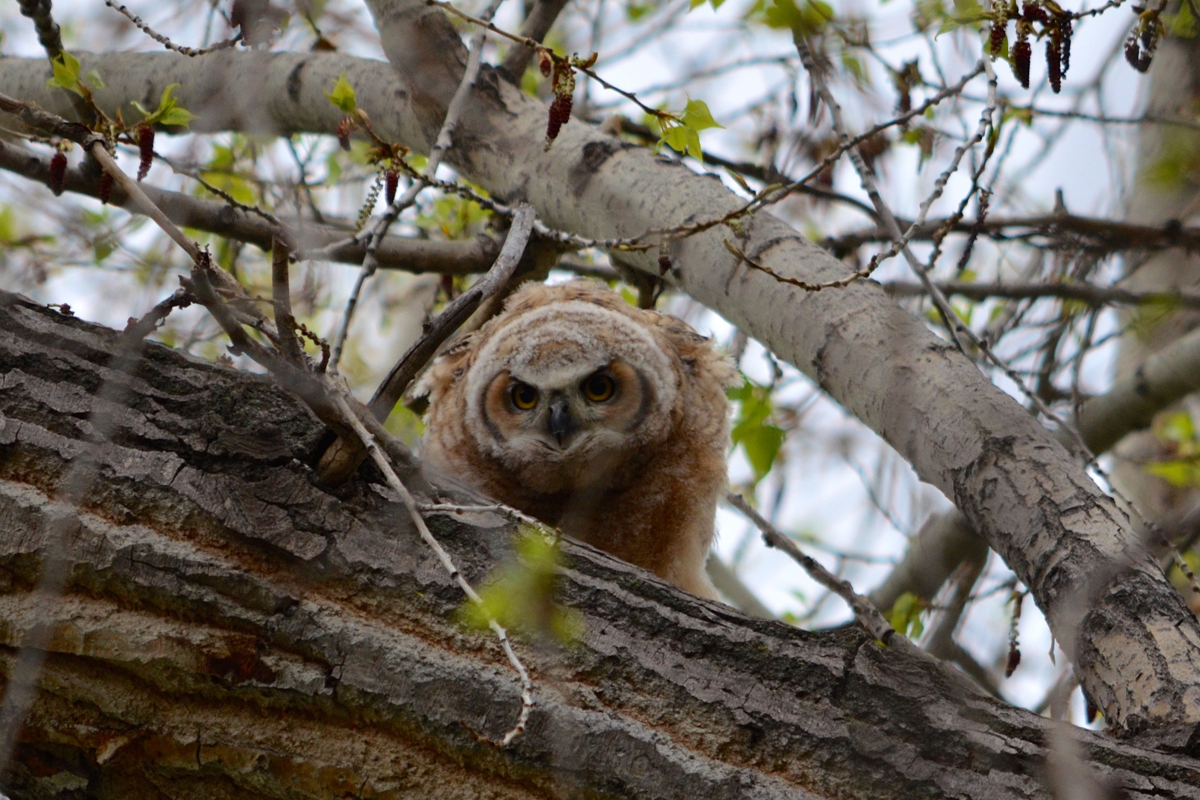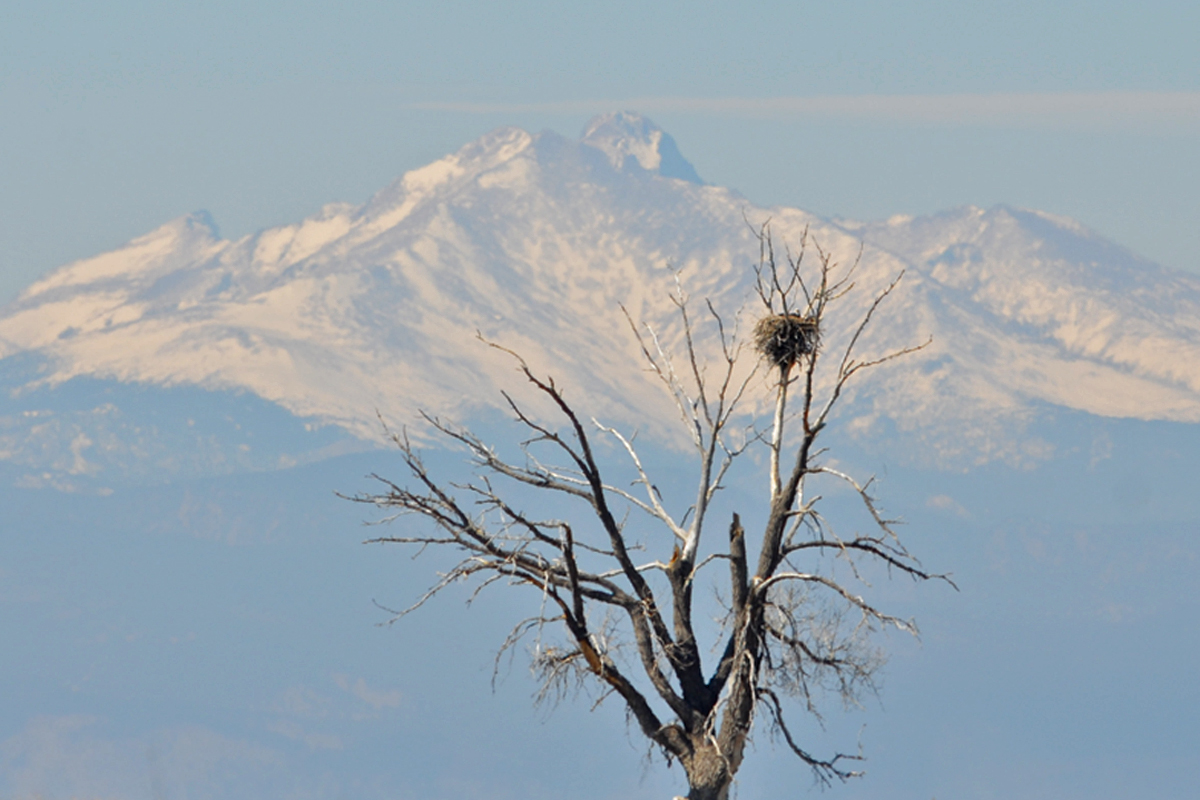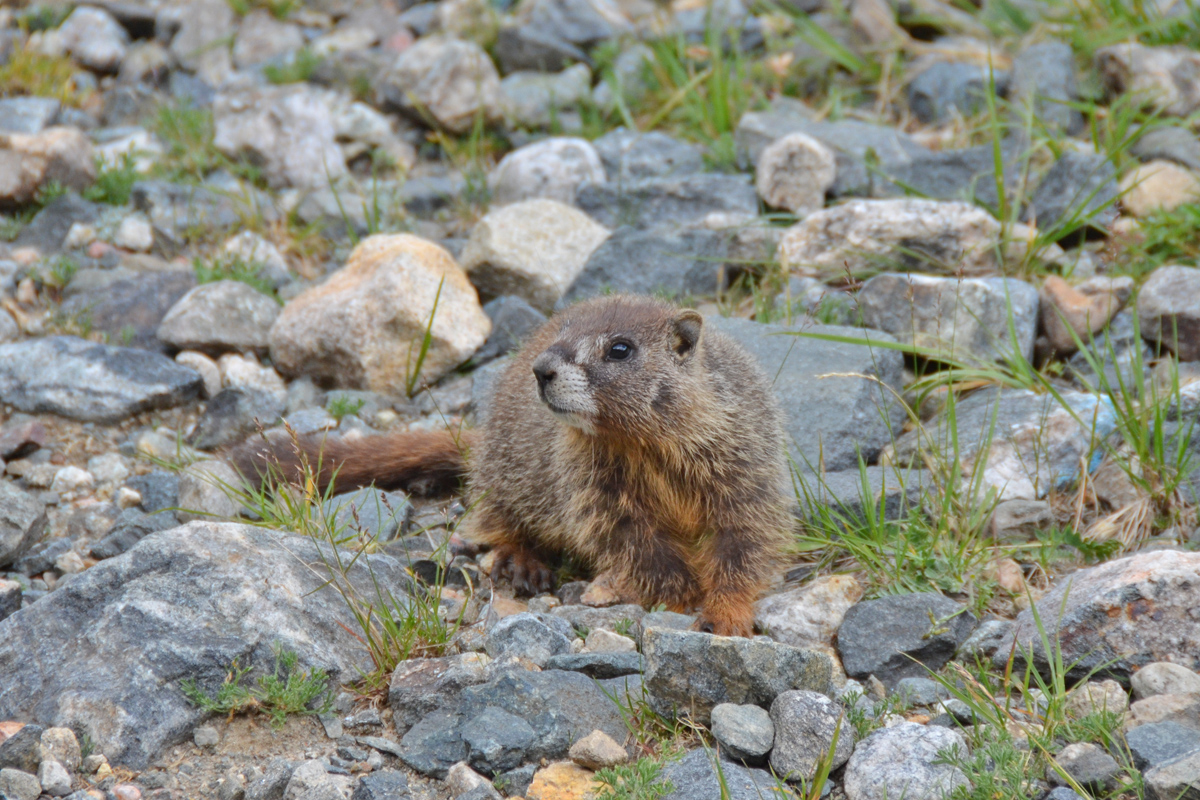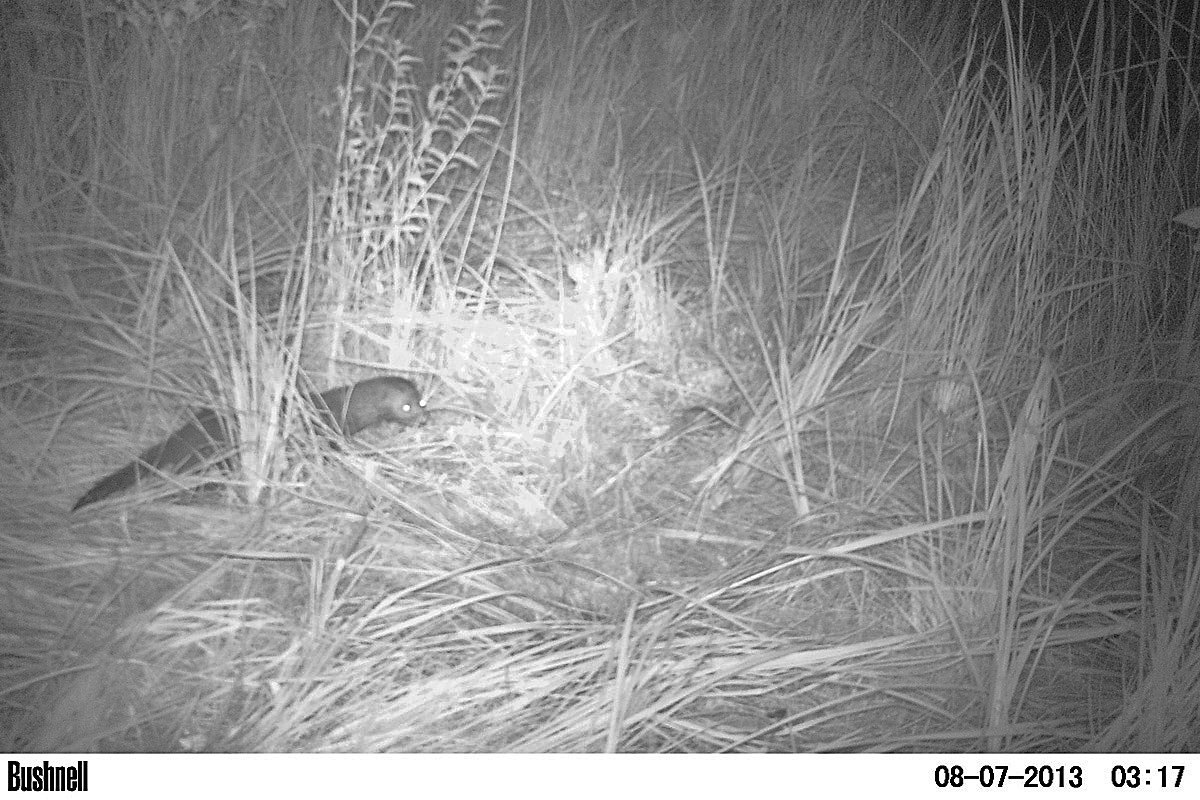Wildlife studies are an important way to characterize the ecological values of a project area. Inventories of the habitats present, their quality, and the presence and abundance of wildlife species are a key part of land use decisions and land management planning. Birch Ecology’s team of associates includes a number of experienced, well-respected professional wildlife biologists with a diversity expertise.
 Moose (Alces alces) enjoying the willows near Brainard Lake, Colorado. Photo Credit: Jeremy A. Garcia
Moose (Alces alces) enjoying the willows near Brainard Lake, Colorado. Photo Credit: Jeremy A. Garcia

